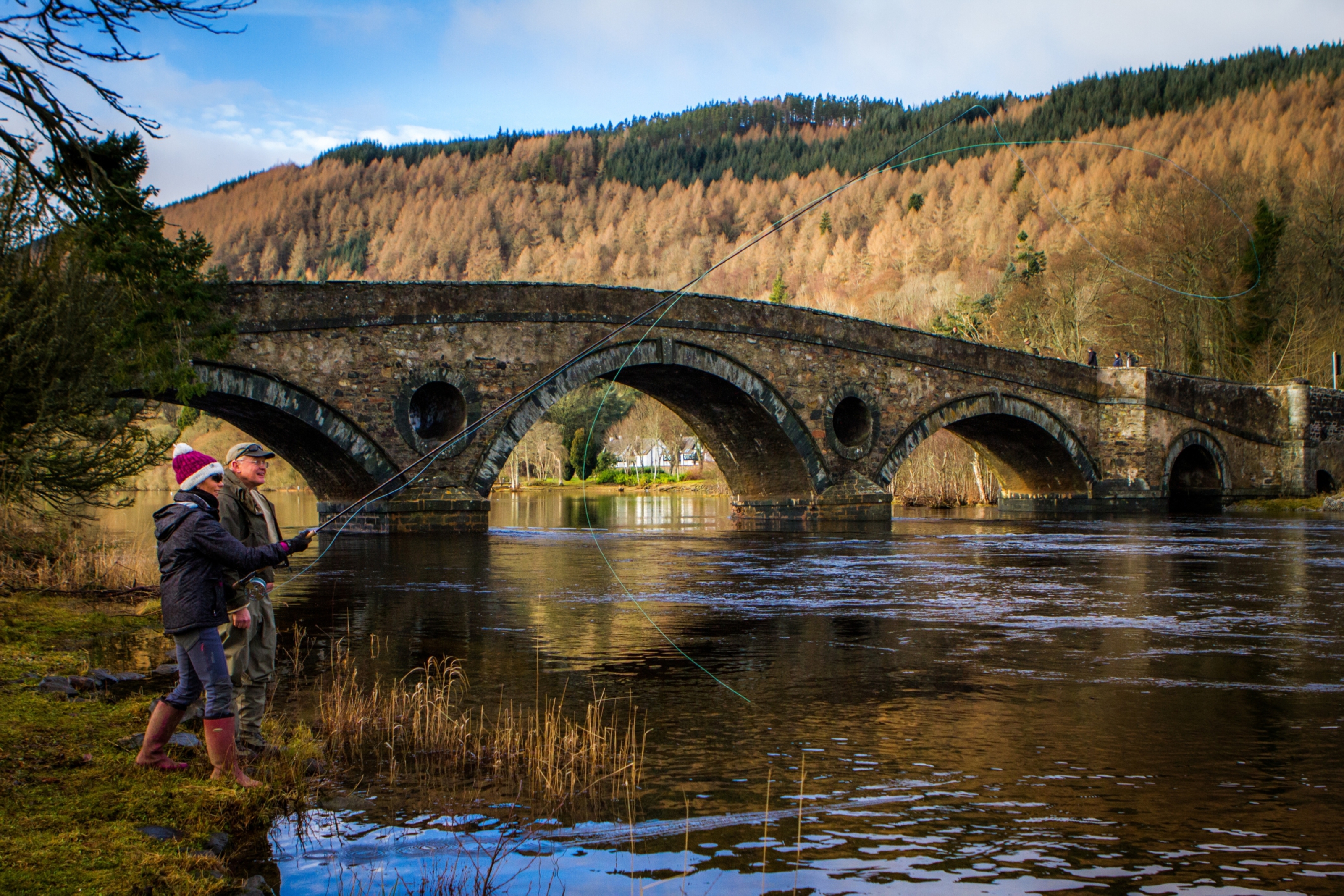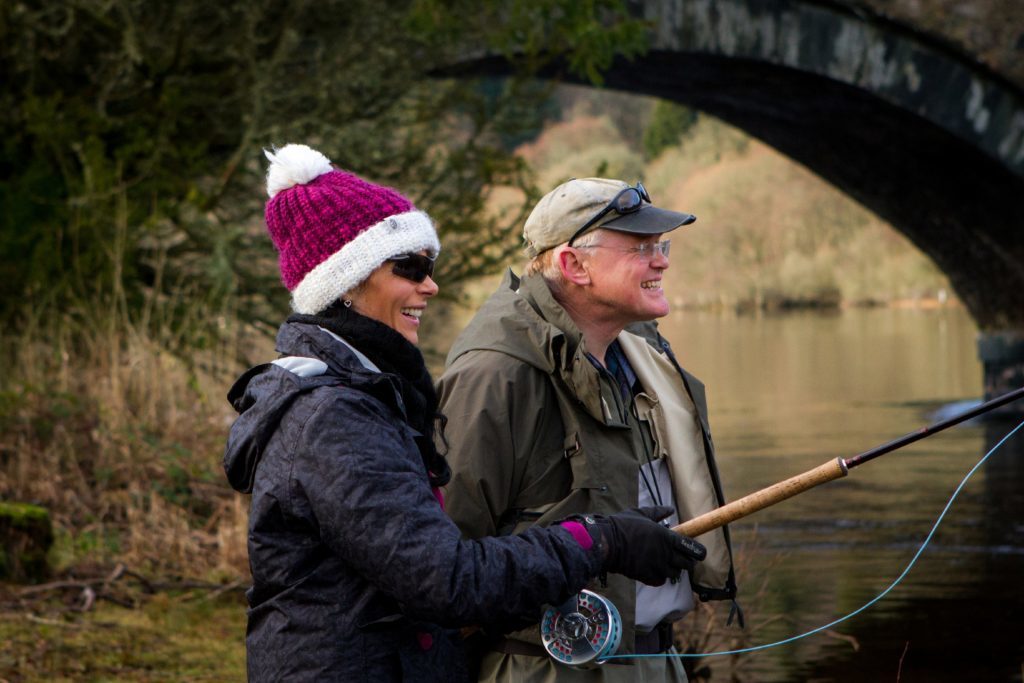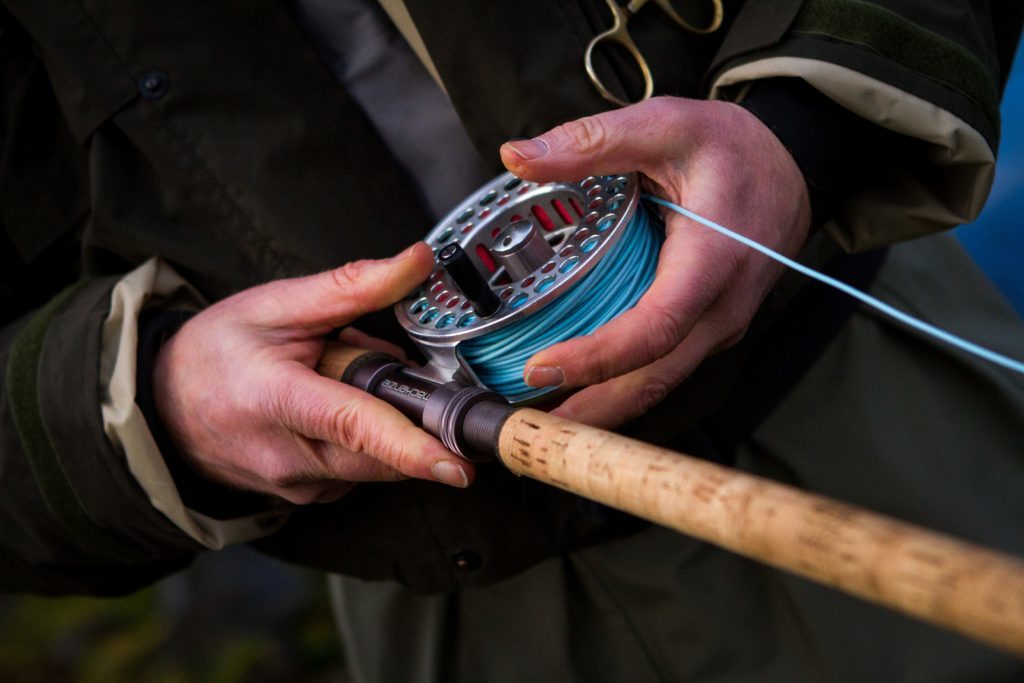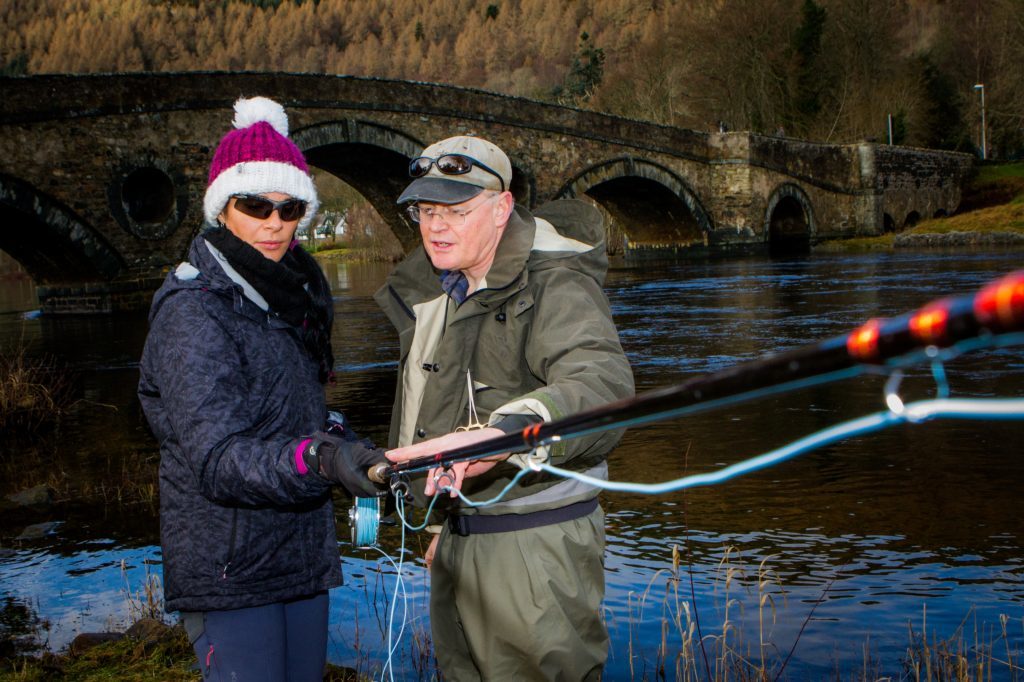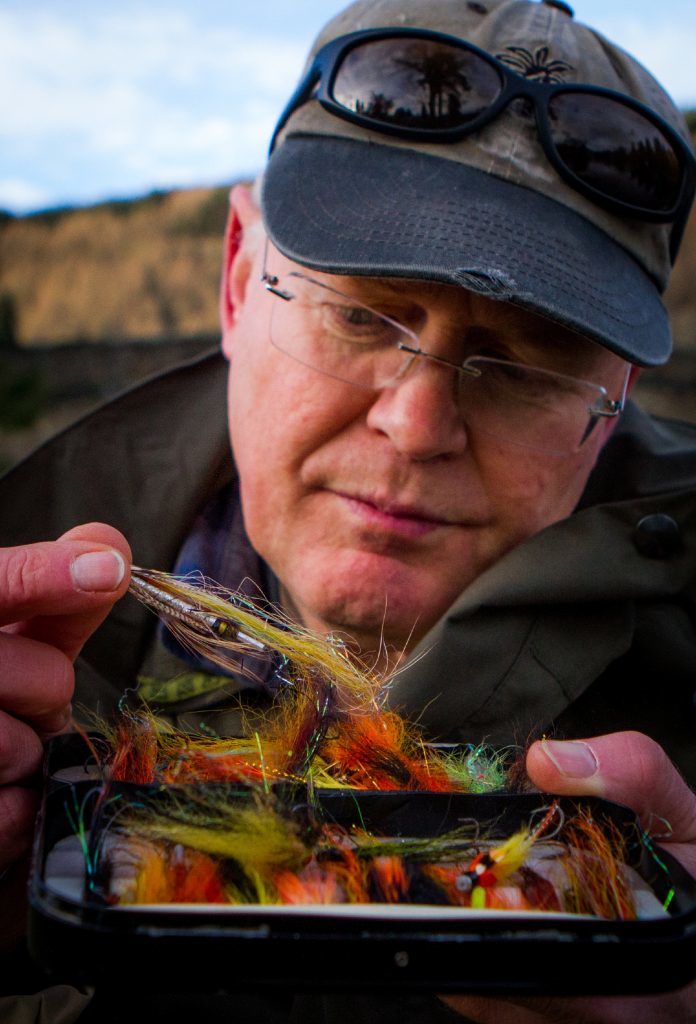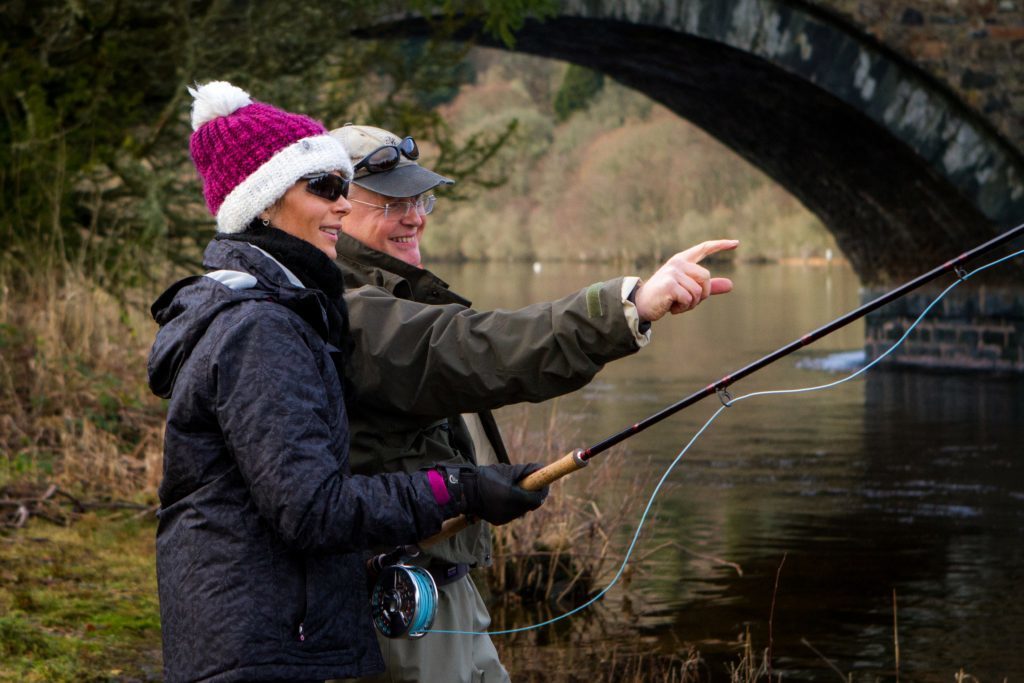As the 2017 Tay salmon fishing season marked its official opening this week, Gayle has a bash at fly fishing
According to Mark Bowler, catching a salmon involves a lot of luck.
“Your job, as a fly fisher, is to try to engineer the situation so that luck is on your side,” he tells me.
If anyone knows how to fish, Mark – a leading authority on the sport who’s been tasked with writing the new Haynes Fly Fishing Manual – certainly does.
Watching him in action as he demonstrates the Spey-casting technique on the banks of the Tay at Kenmore is somewhat mesmerising.
I’m meeting Mark on the most exciting day of the angling calender – the official opening of the Tay salmon season.
Kenmore has been the venue for this historic occasion since 1947 and this year marks the 70th anniversary.
“It’s no secret that fly fishing is a tricky form of angling, but the numerous intricacies are what continues to endear it to fans around the world,” he says.
“Becoming an expert takes time but beginners can have success almost instantly with the right equipment and a basic knowledge of how different species of fish can be enticed.”
I feel a little bit anxious I’ll make an idiot of myself when Mark, editor of Fly Fishing and Fly Tying magazine, passes the rod into my hands.
Once I’ve learned how to hold it, the next step is to lift the rod tip and bring my hand back towards the ear – “as if you’re on the phone” – to create a D-loop of line hanging down from the rod tip which slopes back.
I then cast, flexing the rod tip with both hands, as if flicking paint off a brush while turning slightly. I need to take my time and watch carefully as the line curves behind me. It’s a slick, graceful action, if you get it right.
I’ve yet to work on the final part of the move, the follow-through, which involves drawing the rod tip down to the water smoothly.
I should say that at no point was a fly attached to the rod, as the risk of a total beginner damaging an eye with a sharp hook was deemed too big.
“I’ve seen flies in cheeks, ears and in the back of heads – that’s why you should always wear a hat and protective glasses,” says Mark, cheerily.
“You have to be really careful but Spey casting is one of the safest techniques, unlike overhead casting.”
While most of Mark’s exploits see him catching and releasing fish, he also takes an occasional fish for the table.
His advice to anyone who wants to try fly fishing is to either take lessons or read magazines (and his new manual!).
“I’ve been fishing for 50 years, since I was seven years old. When I started fly fishing, I didn’t have a book so I learned on the hoof, picking up tips from magazines and catalogues with stick men drawings. I never travel without a fly rod and I still can’t cross over a bridge without looking down into the water to see if I can see a fish there!
“It doesn’t matter where you live – you can fly fish if you live by a canal, by the sea, or by the River Tay. And while it used to be all about trout and salmon, fly fishing has developed in such a way that you can fish for all species.”
For Mark, who lives near Kenmore, fishing is a therapeutic hobby that allows him to get close to wildlife and he’s had many an encounter with otters, ospreys, pine martens, kingfishers and beavers…the list goes on.
Casting my eye around at the dozens of fishermen dressed in green, I notice a distinct lack of female anglers, but Mark assures me the number of women involved in the sport is growing.
“Women are very quick learners and make very good anglers because it’s not about strength; it’s about timing,” he says, instantly scoring brownie points.
“And the great thing about fly fishing is that it’s classless. There’s a misconception that it’s only for lords and the gentry, but really it’s for anybody.”
info
The Fly Fishing Manual: The Step-by-Step Guide (Haynes Manuals) by Mark Bowler, is a comprehensive guide to tackling all aspects of the sport, including choosing the right equipment, perfecting technique and mastering tactics to maximise the chances of landing a catch.
In the fully-illustrated manual, Mark divulges all the secrets and tips he’s acquired throughout his 40 years as a fly fisher.
The Fly Fishing Manual is £22.99 from www.haynes.co.uk
